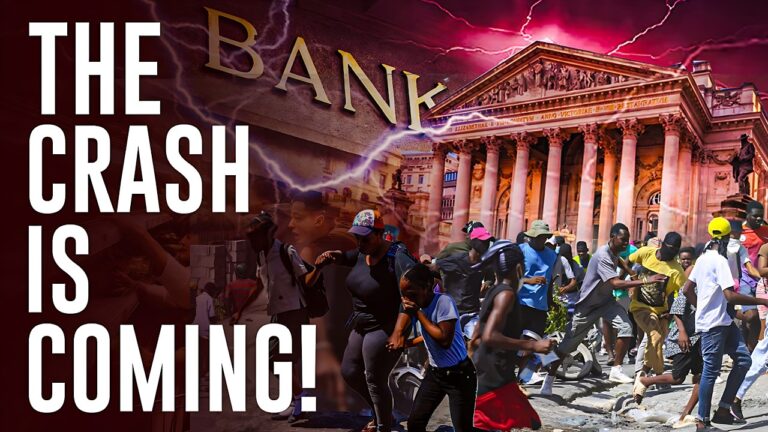You were told your money was safe. That banks would always be there. That deposits were protected. That no matter what happened, you could count on the system.
But that lie is falling apart.
In 2025, banks are disappearing. Not all at once. They’re vanishing quietly. Entire branches are closing with no warning. ATMs are running dry. People are showing up and being told: You can’t access your funds today.
This is not a rumor, unfortunately. It’s not a test, either. It’s the slow collapse of a financial system that’s out of options — and out of time. Central banks are buying time with speeches. Regulators are downplaying the damage. But the cracks are spreading, and millions of people are about to find out what happens when the system decides it no longer owes you anything.
This isn’t only a banking problem because it’s a trust problem. And once trust is gone, collapse comes even faster. Let’s dive into this.
In early 2025, two U.S. banks collapsed. Pulaski Savings Bank in Chicago shut down in January after mounting losses. Santa Anna National Bank in Texas failed in June. Regulators cited fraud, liquidity problems, and asset decay. These were not isolated mistakes. They were the result of deeper structural weakness.
More than 140 bank branches have closed in the U.S. since March. Some belong to large national chains. Others are small regional institutions that couldn’t cover their operating costs. These closures didn’t make headlines. They didn’t trigger panic. They were quiet. Customers showed up to locked doors, disconnected phones, and vague statements posted to websites. In every case, the money inside was delayed, redirected, or reduced.
The official narrative says the system is healthy. That message doesn’t match what people are experiencing. Deposit limits have been quietly adjusted. Wire transfers are being flagged or frozen. Cash withdrawal requests are being rejected or delayed in several states. Some customers report being told to wait five to seven business days to access their own money.
Banks are citing compliance checks, technical upgrades, or system reviews. These explanations change depending on the branch or region. But the outcome is the same. People are losing access when they need it most. And once that access is gone, there is no backup plan.
The FDIC has laid off more than 10 percent of its probationary staff this year. Supervision gaps are forming at the worst possible time. Audits are slowing. Oversight is stretched thin. There are fewer eyes watching institutions that are already under pressure. That increases the chance of more failures going unnoticed until it’s too late.
The digital shift is accelerating the collapse. Banks are removing physical branches, reducing phone support, and directing customers to automated systems. These systems fail often. People are being told to log in later, file claims online, or wait for responses that never come. Human help is disappearing.
When banks stop functioning the way people expect, trust fades. And once trust fades, it doesn’t come back easily.
Business Basics delivers clear, original insights into the forces shaping today’s economy. In a world flooded with noise and misinformation, we break down complex financial trends into simple, actionable knowledge. As uncertainty grows across global markets, Business Basics is your trusted guide — helping you understand, prepare, and thrive through economic change.
source



